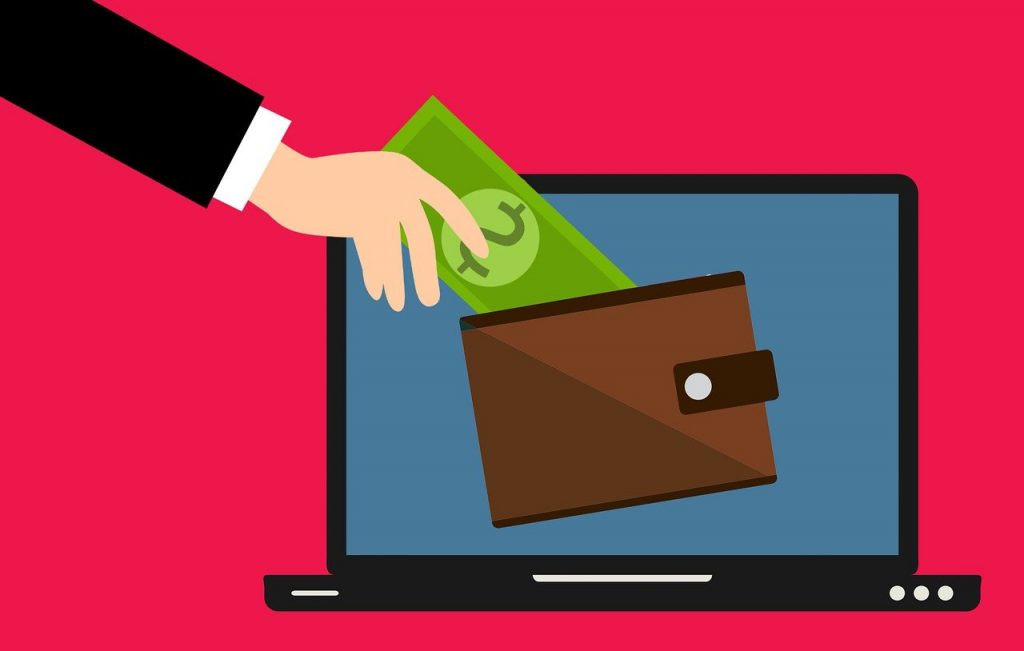What are chargebacks and how do they work? A chargeback is the reversal of a transaction back to the payer. This differs from a refund in that chargebacks are initiated by the payer’s bank when a transaction is disputed or marked as fraudulent. This sometimes happens if a student does not recognize the charge and marks it as fraud. The school must now return the payment along with an additional processing fee.
While a school can dispute chargebacks, there is no guarantee the school will win the dispute. The merchant must gather evidence to back up their claim that the charge is legitimate and the payer’s claims are false. The bank will then make a decision regarding the decision.
Ultimately, the most efficient strategy for schools is to prevent chargebacks in the first place. While many situations are out of your control, merchant error accounts for 20-40% of chargebacks. This is a good place to start:
- As in many situations, clear & prompt communication with your students is important. Focus on pre-emptively resolving billing issues directly with the students before they lead to chargebacks. Make sure your contact information is up to date, and that email and voicemail accounts are checked and responded to promptly. You want it to be easier for a student to contact YOU than to contact their credit card company. Additionally, make sure everything is as advertised, including communicating information in a timely manner. When a student signs up and makes a payment, they should receive an automated email confirming their enrollment, along with important dates, online account info, etc.
- Building off of communication, the next step is customer service. A simple issue such as trouble accessing their online course material or getting locked out of their account can be enough for a student to call their bank to cancel the transaction. Make it a priority to respond quickly to student concerns to set them at ease.
- Create and publicize your refund policy. Students should receive a copy of your terms and conditions and deadlines for dropping courses when they sign up. If a refund is applicable, be sure to issue it promptly. It is easier to work with your students to issue a refund when necessary than to pay the associated chargeback fees.
- Document student billing with a signed payment contract in case of a chargeback. Prevention is the best step in reducing chargebacks, but some chargebacks will still happen regardless. Your payment contract should include the student balance after first applying any financial aid. This can be for a balance due in full or a payment plan. You can also provide proof of student enrollment and access to course materials. If necessary, present the chargeback rebuttal clearly, and in writing with the relevant documentation.
Chargebacks are unfortunately part of the payments world. However, these steps can help prevent chargebacks or reduce them to a minimum, as well as the hassle that comes with them.

